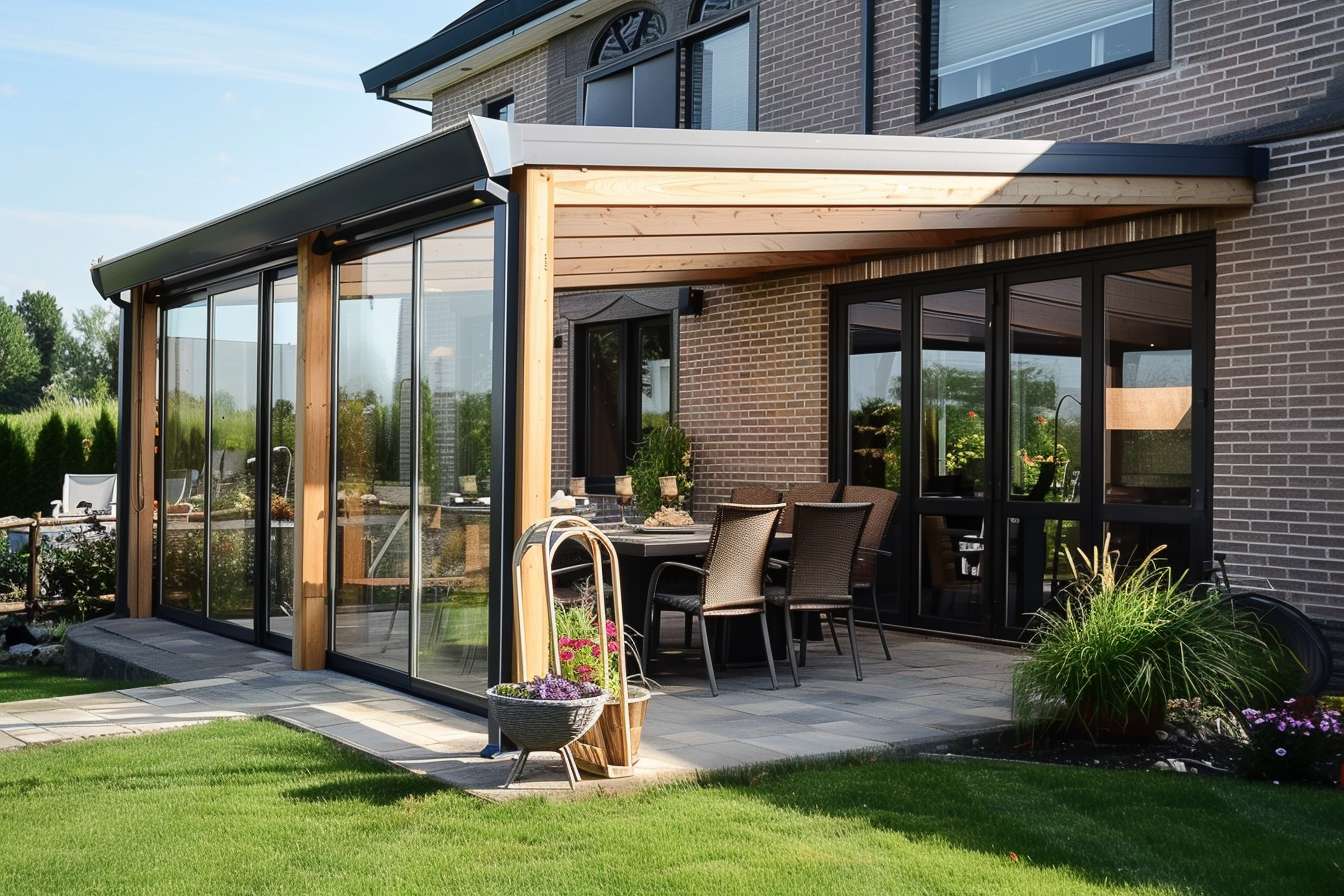Covered Terraces: The Complete Guide to Outdoor Living
Discover how a covered terrace can expand your living area and enhance your home's appeal year-round. This guide covers design choices, structural integration, comfort features, installation options, and upkeep tips for creating a durable, attractive covered patio. Learn cost ranges, material recommendations, and maintenance advice to plan a sheltered outdoor space that suits your lifestyle and adds value to your property.

Essential Design Elements for Your Outdoor Living Space
Designing a welcoming covered terrace begins with practical choices that stand up to weather while complementing your home. Flooring needs to be slip-resistant, durable, and visually consistent with your exterior. Common selections include pressure-treated wood decking, natural stone pavers, or modern composite decking—each offering different maintenance needs and aesthetics. Whatever you choose, plan for a subtle slope and an effective drainage system so rainwater runs away from the house rather than pooling on the surface.
Consider the roof and supporting structure early in the design process. Roof materials, overhang depth, and gutter placement all affect how well your terrace sheds water and stays comfortable in different seasons. Durable finishes and non-slip coatings can extend the life of floors exposed to moisture and foot traffic.
Integrating Your Covered Terrace with House Architecture
A covered terrace looks best when it feels like a natural extension of the home. Match roof pitches where possible, repeat exterior cladding or trim materials, and coordinate colors and details so the addition appears cohesive. The connection to the existing structure must be carefully planned: flashing, load transfer, and waterproofing are crucial to prevent leaks or structural issues.
Local building regulations and permits will influence design choices, so check code requirements early—especially if your terrace requires new foundations, roof ties, or electrical work. In many cases, a structural engineer or experienced contractor should review plans to ensure proper attachment and long-term performance.
Maximizing Comfort in Your Outdoor Patio Space
Comfort makes the difference between a rarely used porch and a year-round outdoor room. For cooling, ceiling fans or strategically placed oscillating fans help circulate air in summer. For shoulder seasons and winter use, consider infrared heaters, portable gas heaters, or integrated electric radiant systems that warm occupants without heating the entire yard.
Select weather-resistant furniture and cushions rated for outdoor use, and group seating to create conversation zones. Layer lighting with ambient overhead fixtures, targeted task lighting for dining, and accent lights for landscaping to extend usable hours after dark. Potted plants and vertical planters add privacy and soften the transition between house and garden.
If bugs or strong sun are concerns, retractable screens, roll-down shades, or outdoor curtains provide flexible protection without permanently enclosing the space. These options let you adapt the terrace to changing weather while maintaining an open, airy feel.
Installation Choices and Cost Considerations
Building a covered terrace can be a DIY project for small awnings or pergolas, but permanent roof extensions, glass roof systems, or major structural work typically require professional installation. Hiring an experienced contractor ensures correct flashing, load-bearing connections, and compliance with local codes.
Carefully budget for materials, labor, permits, and potential electrical or plumbing work. Below is a snapshot of common structure types and typical cost/time frames to help with planning.
| Structure Type | Average Cost Range | Installation Time |
|---|---|---|
| Permanent Roof Extension | $5,000 - $15,000 | 1-2 weeks |
| Pergola with Cover | $2,000 - $6,000 | 2-4 days |
| Retractable Awning | $2,500 - $8,000 | 1-2 days |
| Glass Roof System | $8,000 - $20,000 | 1-3 weeks |
Prices, rates, or cost estimates mentioned in this article are based on the latest available information but may change over time. Independent research is advised before making financial decisions.
Maintenance and Long-term Care
Routine upkeep preserves both appearance and performance. Keep gutters and drains clear to prevent water backup, and clean roof panels or coverings to remove debris and mildew. Inspect connections, flashing, and seals annually—especially after storms—to catch small problems before they escalate.
For wooden elements, apply protective treatments and reseal or stain according to manufacturer recommendations to prevent rot and insect damage. Composite materials require less upkeep but still benefit from periodic cleaning to remove dirt and organic buildup. Metal components should be checked for corrosion and repainted or treated where necessary.
If your terrace includes integrated electrical fixtures, heaters, or fans, schedule periodic safety inspections and tighten or replace worn hardware. A yearly walk-through with your contractor or a qualified inspector will help you identify maintenance tasks and budget for repairs ahead of time.
With thoughtful design, competent installation, and consistent maintenance, a covered terrace becomes an enduring, versatile space for dining, entertaining, or quiet relaxation. It not only enlarges your living area but also provides a sheltered, stylish setting that can add measurable appeal and value to your home for decades to come.






